The Article
Gekko Purple Haze: A High-End RCA Interconnect
5th February 2018
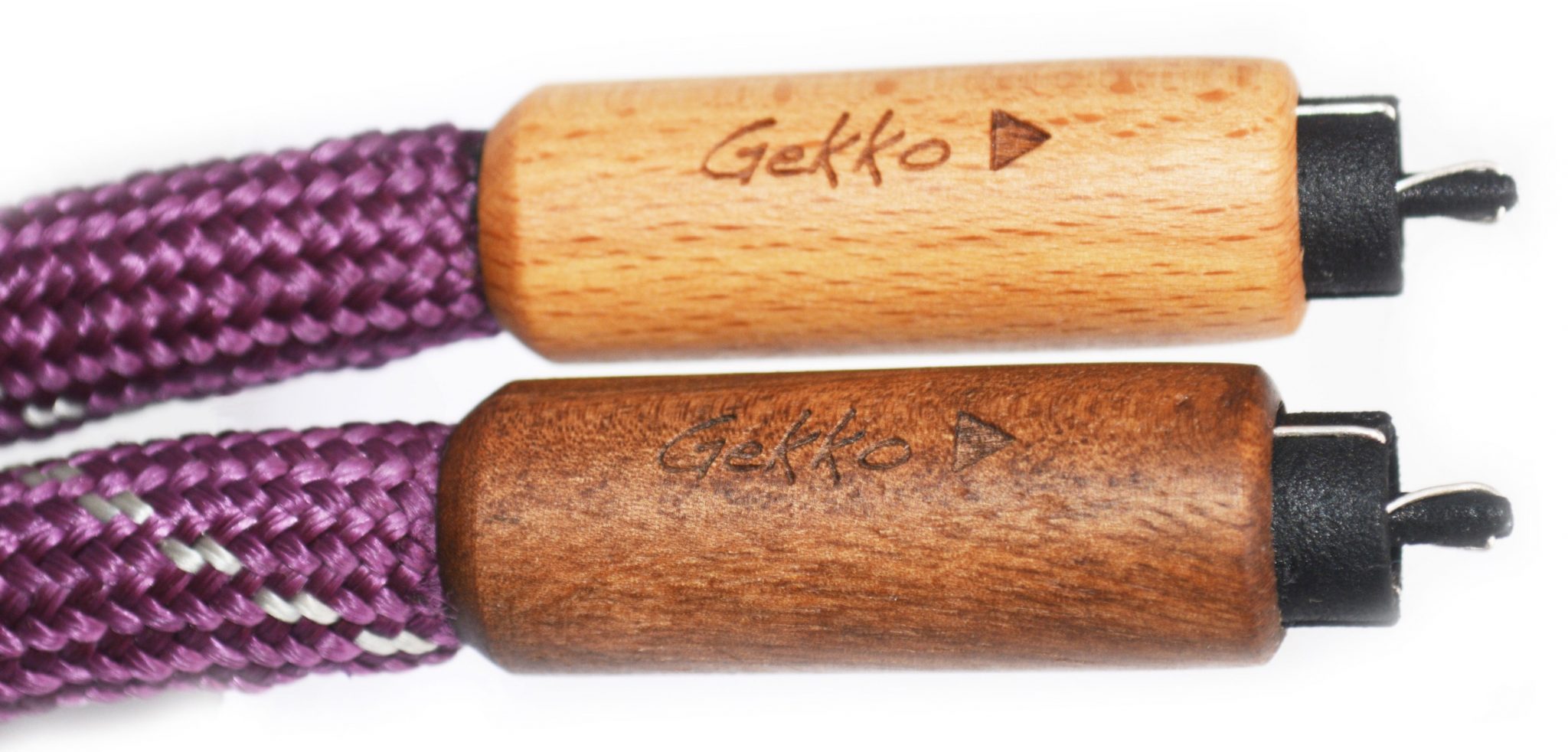
A directional, unshielded interconnect cable made of solid-core pure UK silver (99.99%) AWG24 conductors, Paul Rigby reviews the Purple Haze
I’m desperately trying not to rope in Jimi Hendrix within this review. It’s too easy, isn’t it? I’ll see how I go, though.
So who exactly is Gekko? Well, they’re based in London and specialise in bespoke, handmade, high-end audio cables. Launched in 2012, the company’s products range from interconnects to speaker cables, microphone, instrument, mains and digital cables.
The cables themselves are, how can I describe this without sounding twee…friendly. Unassuming. Cuddly, even. They look like left over knitting. That is, there is no industrial edge to these cables. They’re not three feet in diameter, are not as stiff as a board and do not tote a coffin-sized filter box. In fact, if you didn’t know the price, you could be fooled that these cables are priced at around £100 a pair. That they are so unassuming is a plus point in my book.
Ah, but if you looked inside, that’s where all the action is. So what’s happening in terms of technology?
Each conductor is insulated by braided PTFE threads, then by an additional layer of cotton while the two conductors are twisted together with two more cotton threads. The cable is then covered with a layer of cotton, then a layer of a purple polypropylene providing an additional mechanical protection to the conductors.
I’ve seen a host of cables terminated by a third-party plug but there is an increasing fashion to make those, in house. That is, the more determined and meticulous outfits tend to do this. Black Rhodium is just one example. Gekko is another it seems because the Purple Haze interconnects are terminated with proprietary Gekko GAC1 RCA plugs (there’s even a patent pending on these: GB1714554.1, if you must know).
I did have a bit of a problem with these plugs. They seem less than firm in terms of their connection. I plugged them into half a dozen different pieces of equipment but, on a couple of occasions, I needed to jiggle with the plugs to make an adequate connection. This is the first time this sort of problem has ever occurred on my reference system, I have to say, and I’ve tested many cables on this hi-fi chain. Once that connection was made, everything was fine and the issue never reoccured. That is, the plugs never ‘fell out’ of the socket again, the problem was that initial connection only. This was not a major issue. It was just an initial irritation. That is, the connection seemed a little ‘soft’ and lacking in confidence.
[POST REVIEW NOTE: I have made the rare decision to add an extra note after the review has been completed. Mainly because I’ve learnt a few important facts since the review was published. One of the reasons that I found the Gekko cables interesting in terms of its design but also the final sonic output was its resident termination plugs. Over the years, I have come across a wide variety of termination plugs and often they have their pros and cons. For example, the well known WBT RCA connectors, used on a host of different cables from big cable outfits (as you can see HERE on the WBT website), are well made but suffer from two problems, their screw top outer shell often unscrews itself when not in use, falls on the floor and rolls under the nearest set of heavy drawers never to be seen again! So, if you look at the weblink I’ve just supplied, half of my WBT-terminated cables often look like the image on the left, instead of the one on the right. The WBT also needs the right pressure to make a contact. I have regular issues with WBT plugs on my phono amp, for example. The problem is not really the cable plugs themselves but that many RCA sockets differ in tiny ways in terms of measurement and, thus, fit. Hence, my phono amp issues which I don’t have with my pre-amp, for example. I say all of this because you often have to get to know the foibles of the terminator before you can get the best out of them. What Gekko failed to do was to properly inform me of the nature of its termination plugs before the review (slapped wrists all ’round then). I only learnt about that afterwards. Basically, when you first use the things, you need to push the blighters forcefully on your intended RCA sockets to achieve a secure and proper fit. I didn’t do this, initially. Now I know, I have tried the cables again on other products and have not had the same connection problems. I have thus added this note because I thought that I was being unfair to Gekko if I didn’t mention my later experiments. Hence, when using the Gekkos for the first time, push, twist and push again to get a proper contact and you should have no issues.]
The connectors are made from non-conductive plastic and used to hold the cable’s wires making them into signal and return connections, “By reducing the amount of conductive metal material used in the signal and the return conductors of a typical RCA plug Gekko GAC1 connectors reduce inductive, capacitive and eddy current distortion and offers improved signal transmission comparing to all other similar audio cables,” said the company. If that meant enhanced sound quality, then I’d forgive the plugs, no problem.
SOUND QUALITY
I began with Public Image Limited’s Public Image from the First Issue LP debut. Including a high frequency lead vocal, reverb-heavy percussion, a sub-bass bass guitar and avant, pattern-searching lead guitar, this is a track that is tough to present properly by any hi-fi chain.
The first aspect of the sound that really hit me was the increase in the soundstage space. Specifically, it was the front to back distance that was extended in my system. The stereo image was thrust way back by two to three feet but that space wasn’t left unoccupied. As the stereo image tends to be the focus for the majority of action on any piece of music and, thus, where most of the clutter occurs, I was happy to hear the music become more focused and understandable.
It was a bit like being on the London Underground, on a packed train, not being able to see much around you but knowing that a lot is going on in the train. Then, the doors open at a stop, most of the people get off and, for the first time, you can see all of the remaining people on the train, all of the train doors, all of the posters on the inner surfaces, the floor, the bags people are carrying…and so on. The was the effect the Gekkos had on my ears.
In the same way, therefore. the stereo image space suddenly seemed clearer, less cluttered and better able to project the action occurring in and around it. John Lydon’s delivery was better understood. His diction improved (who’d of thought that, eh?), the reverb on the drums was far more effective, treble-based cymbal taps were tighter and more recognisable while the bass guitar was a bit of a revelation here. The Jah Wobble bass, for the first time, offered a bouncy, almost playful rendition. Rhythmically speaking, there was more information on offer now.
I then turned, with increasing interest, to a jazz-infused track from Nancy Wilson, You’ve Got Your Problems.
The low noise characteristics of this cable produced a beautifully clear, just washed and scrubbed effect on the midrange which produced a wholly metallic, brassy tone to the trumpets and a wonderfully informative guitar strumming sequence on the right channel while the cymbal strikes were big and bold and told you that a chap was hitting a big piece of metal with a stick: which is exactly what he was doing. But the cables explained their size in terms of that metallic cymbal. The secondary percussion from the tambourine offered precision and focus while the Wilson vocal was effusive in terms of emotion, delicacy and fragility. A tour de force performance, methinks.
CONCLUSION
Don’t be fooled by the folksy image of the Gekko Purple Haze interconnect cables. It might look like one of those snakes that springs out of a joke, screw-top can but this is one serious cable that provides a tremendous lucidity. If the cable has a genius, it’s the Purple Haze’s ability to deliver music to the ear in a simple yet devastatingly informative manner. If I was to give you bottom line advice? I’d exclaim, “Hey Joe? Don’t take my ‘feedback’ as the bottom line. You need to ‘Experience’ this cable yourself!” (Dammit, almost made it and fell at the end).
GEKKO PURPLE HAZE INTERCONNECT
Price: £2,499 per metre (additional metre is £1,500). XLR version is £2,999 (additional metre is £1,750)
Website: gekkocables.com
Email: [email protected]
GOOD: rather demure design, expanded stereo image, lucid midrange, bass insight
BAD: ‘soggy’ termination plugs
RATING: 8
Origin Live Sovereign turntable
Origin Live Enterprise 12″ arm
Transfiguration Proteus cartridge
Icon PS3 phono amplifier
Aesthetix Calypso pre-amp
Icon Audio MB845 Mk.II monoblock amplifiers
Quad ESL-57 speakers with One Thing upgrade
Vertex AQ & Tellurium Q cable
Blue Horizon Professional Rack System
Harmonic Resolution Systems Noise Reduction Components
All vinyl was cleaned using an Audio Desk’s Ultrasonic Pro Vinyl Cleaner


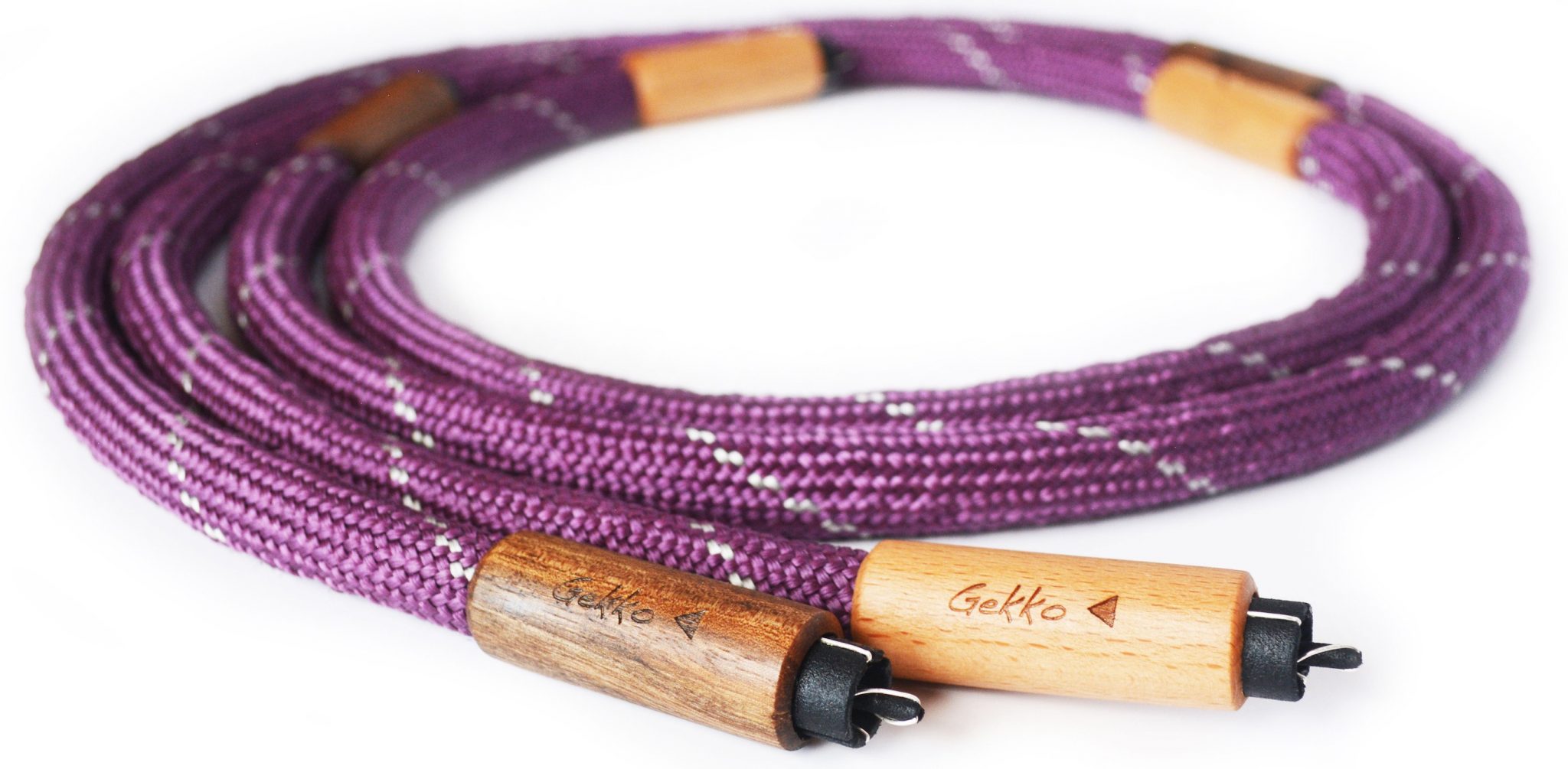
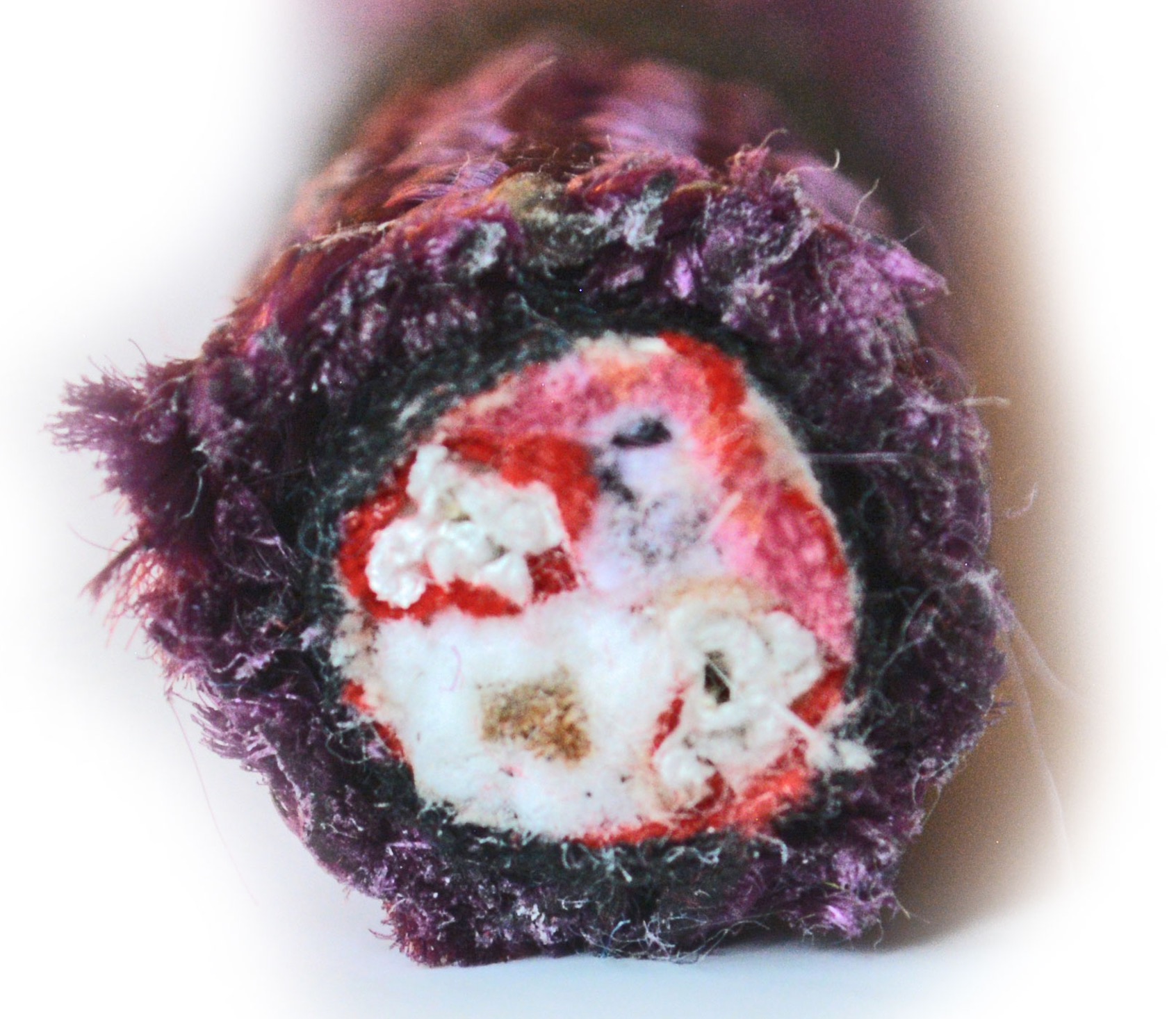
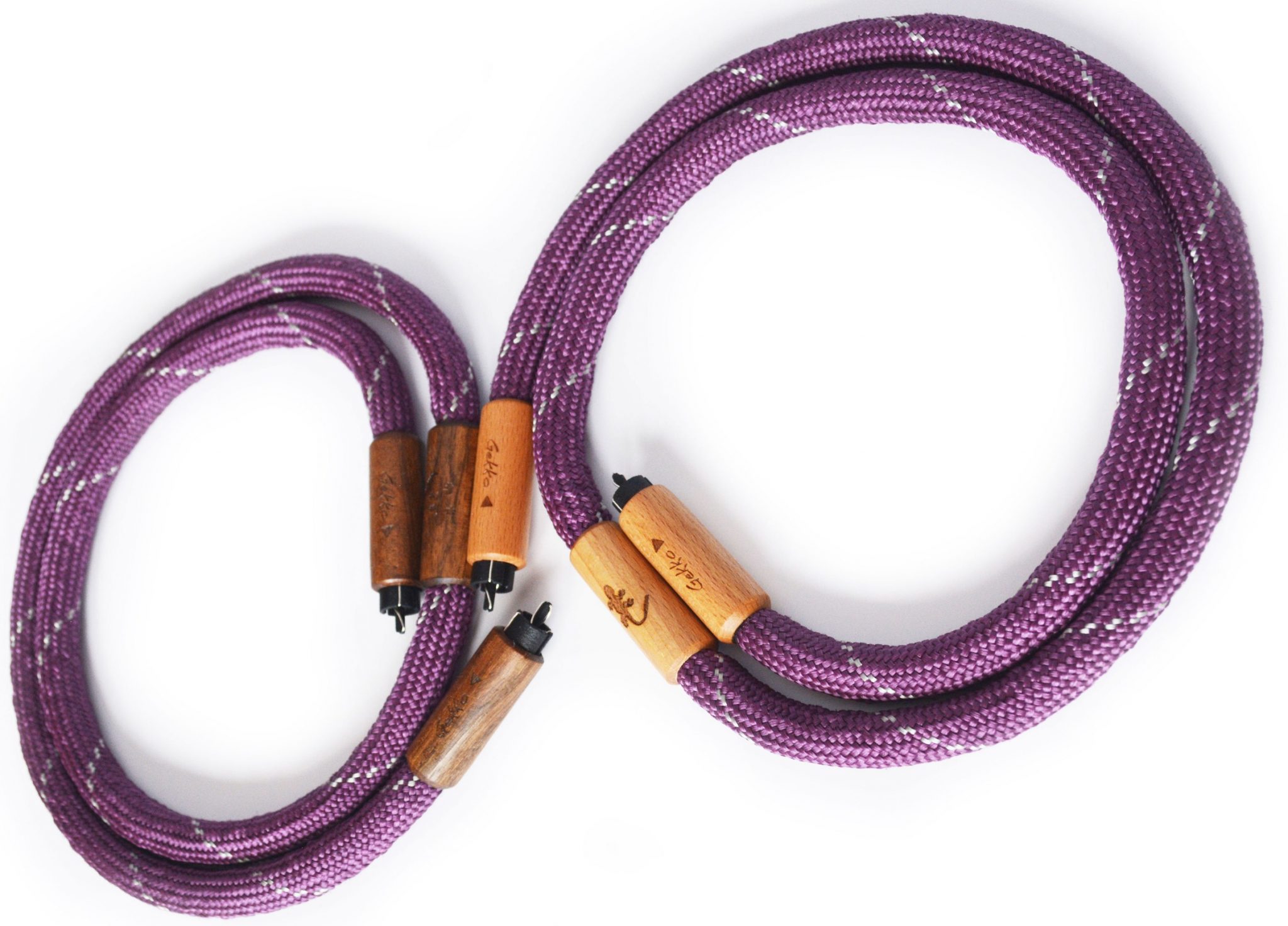
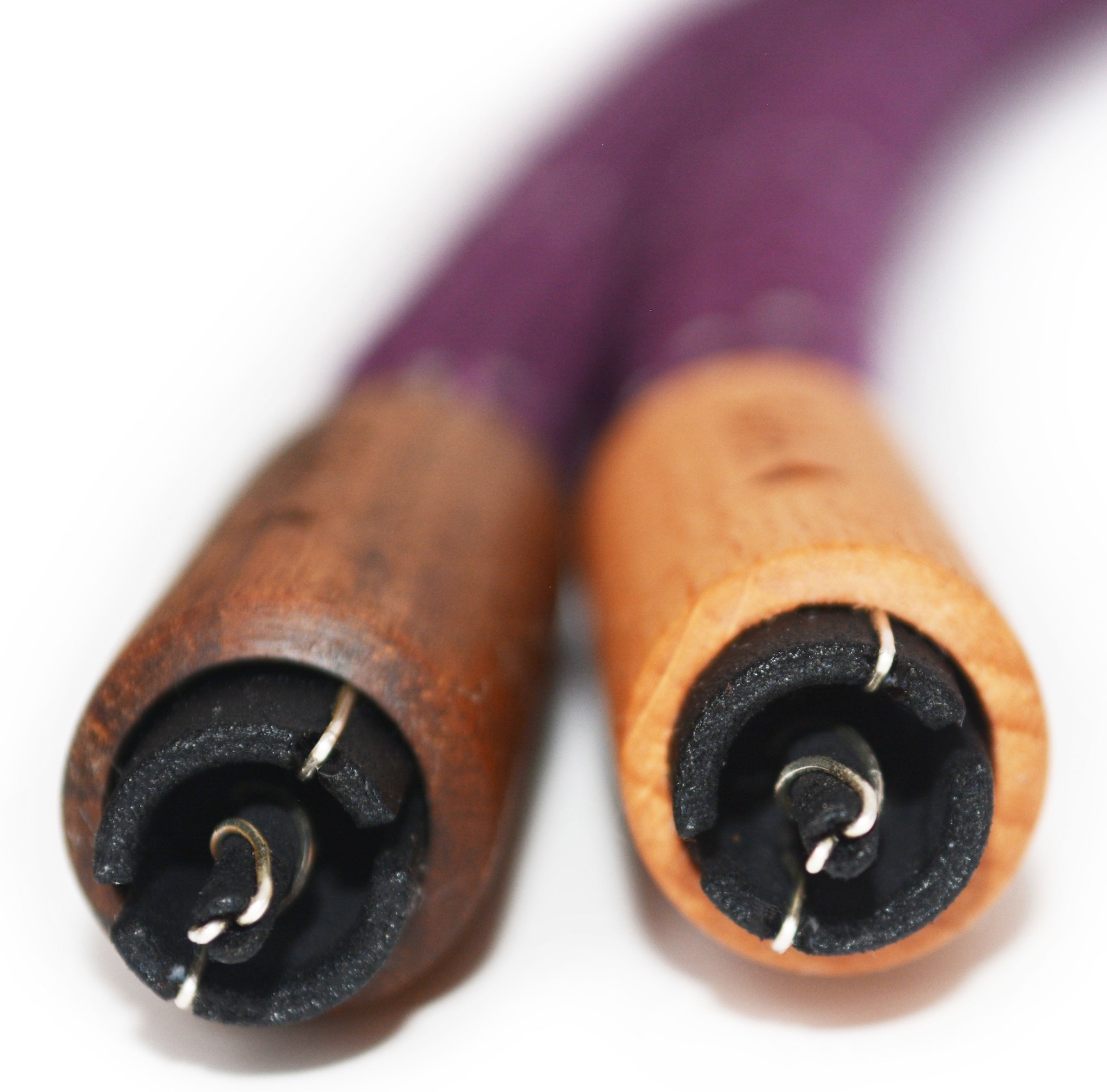
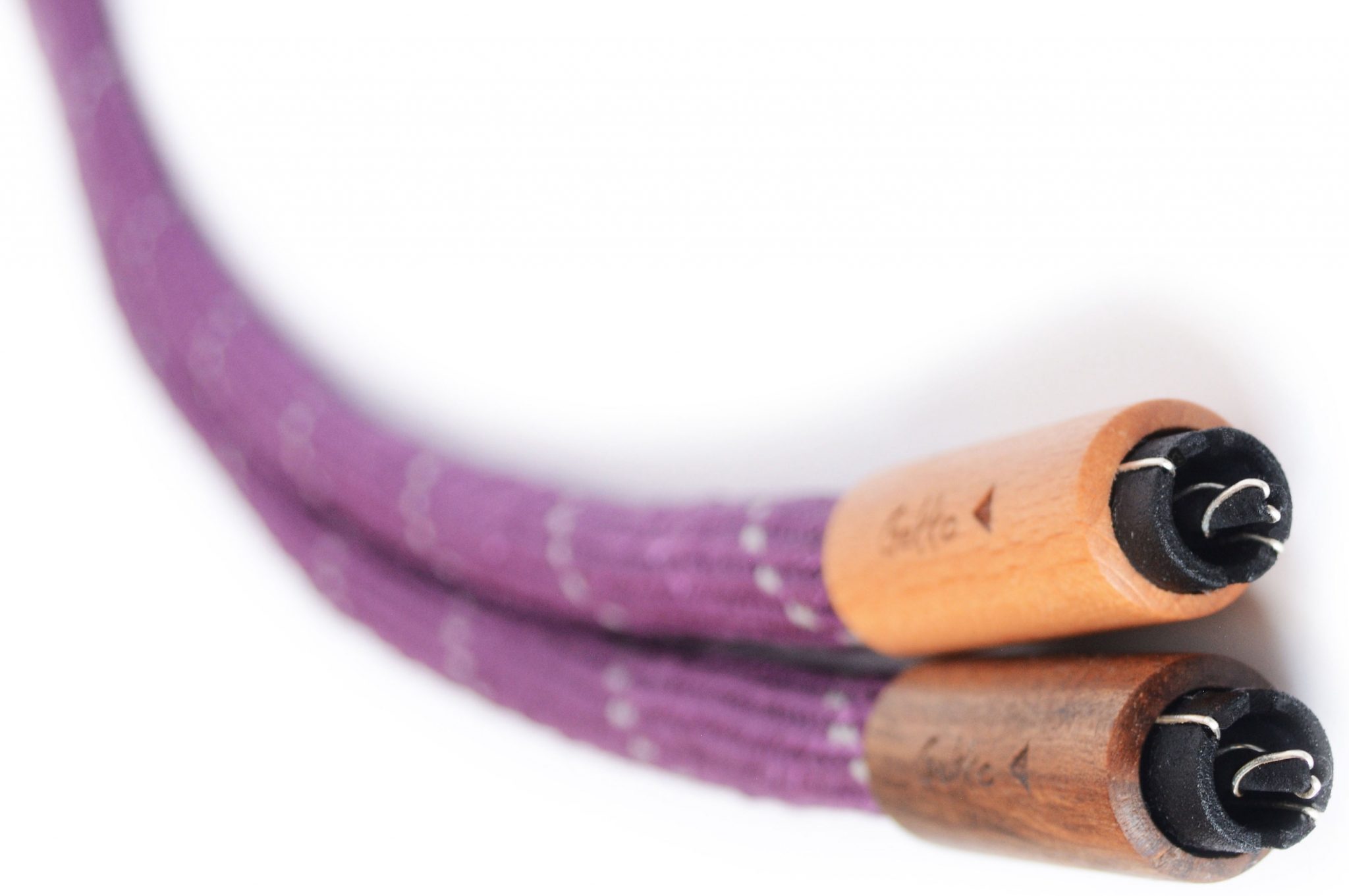



Hi Paul: I’m struck by a couple things:
1) I too, would expect the manufacturer to provide ample instructions, particularly concerning this company’s unique (patented) connector. Yet, I’d also have the foresight (responsibility really) to initiate contact with the manufacturer for clarification. Personally, I’d do this with a cable (if I were reviewing it) priced at …., at any price really.
2) Without offering readers comparisons (to other high-priced, respected cables) they’re left with, well, basically squat -other than a substantial L$2,500-L$3K hole in their wallet
Your listening observations were bland -at its price, we need to dig deep (as a listener, or reviewer).
Yet, I suppose there is a market niche that your website fulfills. For now.
peter jasz